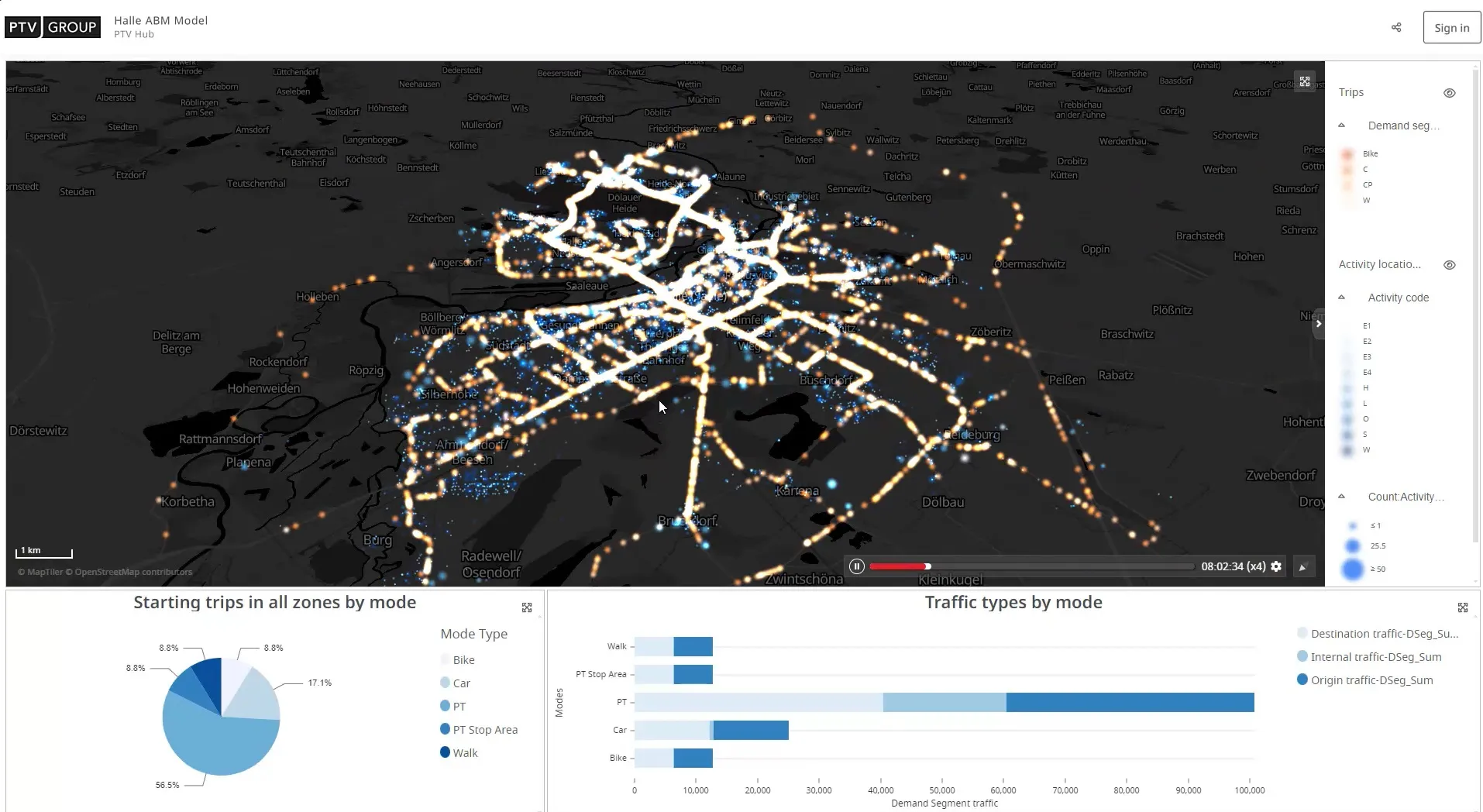The US Department of Transportation's ITS Joint Program Office has issued a Request for Information for its next five-year plan, which will emphasis the transformative potential of wireless connectivity. Shelley Row, ITS JPO Director, writes. During his confirmation hearing in January, US Transportation Secretary Ray LaHood emphasised that the US Department of Transportation (USDOT) will remain committed to improving the safety of the country's transportation system under his leadership, and will engage in
July 18, 2012
Read time: 4 mins

The US Department of Transportation's ITS Joint Program Office has issued a Request for Information for its next five-year plan, which will emphasis the transformative potential of wireless connectivity. Shelley Row, ITS JPO Director, writes.
During his confirmation hearing in January, US Transportation Secretary Ray LaHood emphasised that theIntelligent transportation systems applications have and will continue to be a key part of the national strategy to realise this vision. The
In 2004, the USDOT's ITS programme established a five-year strategic plan focused on strengthening the Federal role in facilitating research and development within the transportation community through several ITS initiatives that explored safety, mobility, and system performance applications. As the current strategic agenda and research initiatives come to a close, it has become clear that the next generation of ITS research must focus on the transformative potential of wireless connectivity. Connectivity among vehicles, onboard devices and the infrastructure will offer a foundation for system tools and applications that offer unprecedented safety, mobility and environmental benefits.
The next step is to build upon current initiatives and shape the direction of the programme for the next five years. To ensure that stakeholders and the public are included, the
We will use the information we receive as we develop our next ITS research strategic plan. Moving forward, we have established a preliminary set of goals and objectives - focused on researching the potential of wireless connectivity - as a framework for the plan. These are as set out in the accompanying table.
To provide comments, please go to %$Linker:
| Goal 1: Transformative safety through vehicle and infrastructure connectivity.
|
|---|
| Goal 2: Capture complete, real-time information on all roads and all modes to support transformational system performance.
|
| Goal 3: Achieve transformational transportation management and system performance through applications of vehicle and infrastructure connectivity.
|
| Goal 4: Realise 'next-generation' electronic payment systems that support transformational system performance.
|
| Goal 5: Enable environmental management through vehicle and infrastructure connectivity.
|
| Goal 6: Establish an institutional foundation for deployment of safety, mobility and environmental applications based on vehicle and infrastructure connectivity.
|










